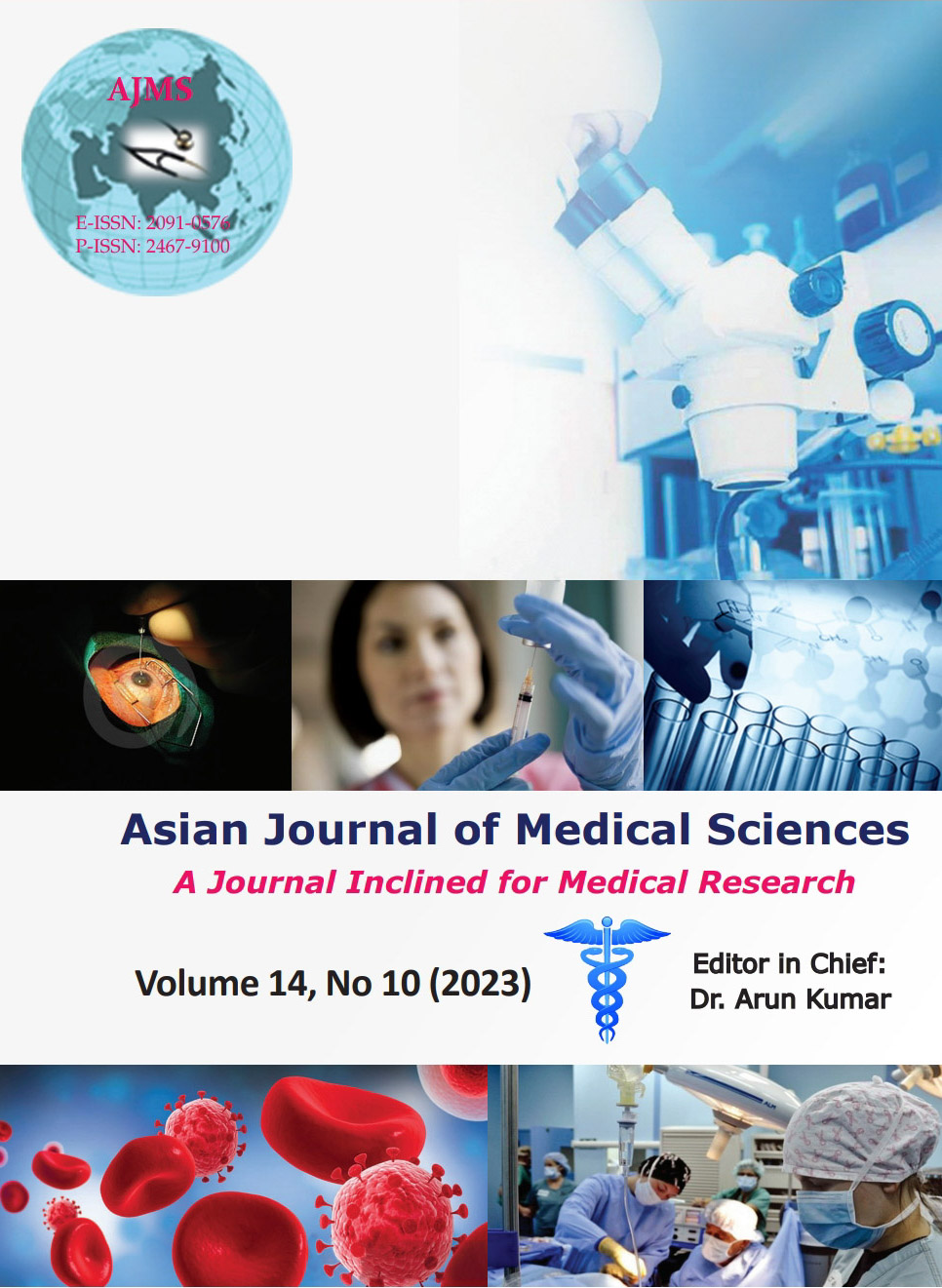Attenuation of hemodynamic response to laryngoscopy and tracheal intubation in adult patients using 75 mg and 150 mg of oral pregabalin: A dose-response study in a tertiary care hospital, Telangana, India
Keywords:
Anesthesia induction; Hemodynamic response; Laryngoscopy; Pregabalin; Tracheal intubationAbstract
Background: Laryngoscopy and tracheal intubation can cause a significant hemodynamic response, leading to adverse events. Pregabalin is a relatively new drug used to attenuate this response.
Aims and Objectives: The aim of this study is to compare the efficacy and safety of two different doses, 75 mg and 150 mg, of orally administered Pregabalin given 1 h before the induction of general endotracheal anesthesia in adult patients scheduled for elective surgical procedures.
Materials and Methods: This was a randomized, double-blind, placebo-controlled study conducted at a tertiary care hospital in Telangana, India. Adult patients were divided into three groups receiving 75 mg, 150 mg of oral pregabalin or placebo, 1 h before induction of anesthesia. Hemodynamic parameters were recorded before and after laryngoscopy and tracheal intubation.
Results: A total of 90 patients were enrolled in the study, with 30 in each group. Both doses of pregabalin significantly attenuated the hemodynamic response compared to the placebo group. The maximum attenuation was observed in the 150 mg pregabalin group. No significant adverse effects were reported in any of the groups.
Conclusion: Both 75 mg and 150 mg of oral pregabalin attenuated the hemodynamic response to laryngoscopy and tracheal intubation in adult patients, with a higher dose providing greater attenuation. Pregabalin may be considered an option for attenuating the hemodynamic response during anesthesia induction. Further studies are warranted to establish the optimal dose and duration of pregabalin administration.
Downloads
Downloads
Published
How to Cite
Issue
Section
License
Copyright (c) 2023 Asian Journal of Medical Sciences

This work is licensed under a Creative Commons Attribution-NonCommercial 4.0 International License.
Authors who publish with this journal agree to the following terms:
- The journal holds copyright and publishes the work under a Creative Commons CC-BY-NC license that permits use, distribution and reprduction in any medium, provided the original work is properly cited and is not used for commercial purposes. The journal should be recognised as the original publisher of this work.
- Authors are able to enter into separate, additional contractual arrangements for the non-exclusive distribution of the journal's published version of the work (e.g., post it to an institutional repository or publish it in a book), with an acknowledgement of its initial publication in this journal.
- Authors are permitted and encouraged to post their work online (e.g., in institutional repositories or on their website) prior to and during the submission process, as it can lead to productive exchanges, as well as earlier and greater citation of published work (See The Effect of Open Access).




